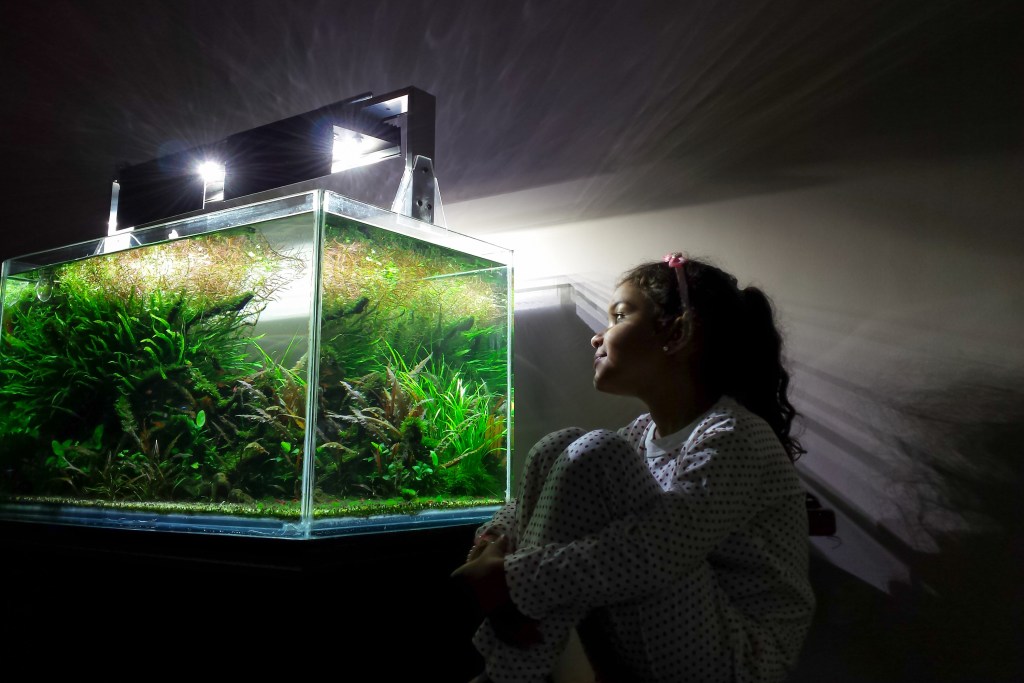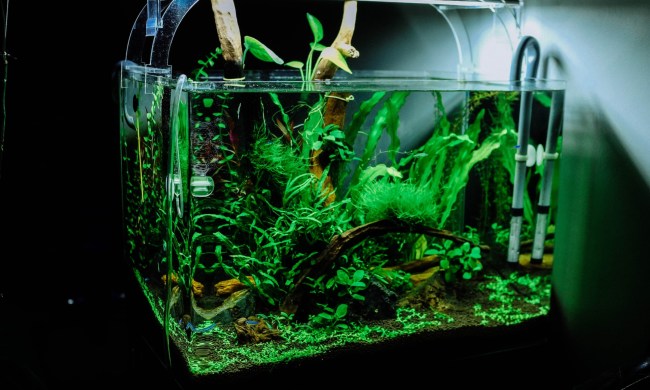So you got a fish because they can be left alone for a few days, but now the time comes for your vacation and you aren’t sure what to do. Do they need a fish sitter? Should you get a fancy monitoring system that connects to your phone? What’s the best way to keep your mini ecosystem running smoothly on its own? The good news is, you absolutely can leave your fish when you go out of town, and it doesn’t need to be too difficult – or too expensive. With a little preparation, you’ll keep all of your swimmers happy and yourself stress-free.

How long can my fish thrive while I am away?
OK, first if you leave for just a couple days, as in anything less than 72 hours, you won’t need to do much at all. You shouldn’t have to perform water changes that frequently for most tanks and you can easily set up an automatic feeding system to ensure they get their meals on schedule. Set up a feeder before you go (and don’t forget to test it while you’re around to make adjustments). Additionally, in case of emergency, most fish can skip a meal and recover easily, though you should not plan for that. For longer trips or for fish tank care with special requirements, such as eating live prey, you’ll need to move to the next best option: a sitter.
Do I need a pet sitter for my fish?
Lots of aquarists opt for a sitter when gone for more than a couple days. This brings a few benefits, including the ability to check on the tank and step in if something goes wrong. A friend or neighbor can also do spot cleaning and feed more difficult fish. You do need to ensure that whoever winds up taking care of your fish knows how to do so. The last thing you want is to hire someone who overfeeds the animals or clogs the filter – both of which can be deadly to your aquarium inhabitants.
How should I prepare my fish for my vacation?
First, schedule a partial water change for a day or so before you depart. This way you don’t need anyone else to do it and you can rest assured that your housing will stay reasonably clean with the proper filtration. Speaking of which, check every part to confirm that nothing needs changing or replacing and that you’ve removed all the detritus. Use conditioners as necessary and perform a water check right before you go. If you only go for a short while or if you have an experienced sitter entering your home daily, that’s really all you need to do. But if you don’t have a human in place, you can instead rely on digital communications to protect your underwater life.

What gear do I need to set up?
We covered the automatic feeder earlier, though there are a few different kinds depending on your specific needs and which creatures you have inside your home. On top of that, you can computerize other pieces of the system as well. For example, a fish cam will not only allow you to check on your little guys, it’ll also make for good just-before-bed entertainment. But being able to watch comes with a catch. There’s nothing worse than seeing something wrong in your tank and being unable to fix it. You probably do want a human on call, but there’s a lot you can do with modern technology too. A flood alarm and remote-controlled shut-off valve prevent any accidents from taking out your place while you’re gone. Not satisfied? You can look into more complex and much more expensive controllers that help you take measurements and make very basic changes from afar.
Half the battle to leaving your aquarium is getting your own peace of mind. No matter how good your setup — even if you have the most advanced monitors and controllers — you really need the human element for the best results. That can mean having someone drop by once a day or every other day. Alternatively, you can make sure someone stays “on-call” ready to jump in to take on a true emergency but otherwise not assisting. Very rarely, a few species are able to travel if necessary, like for a move, but we don’t recommend that as the stress can cause them to get sick or even die.



